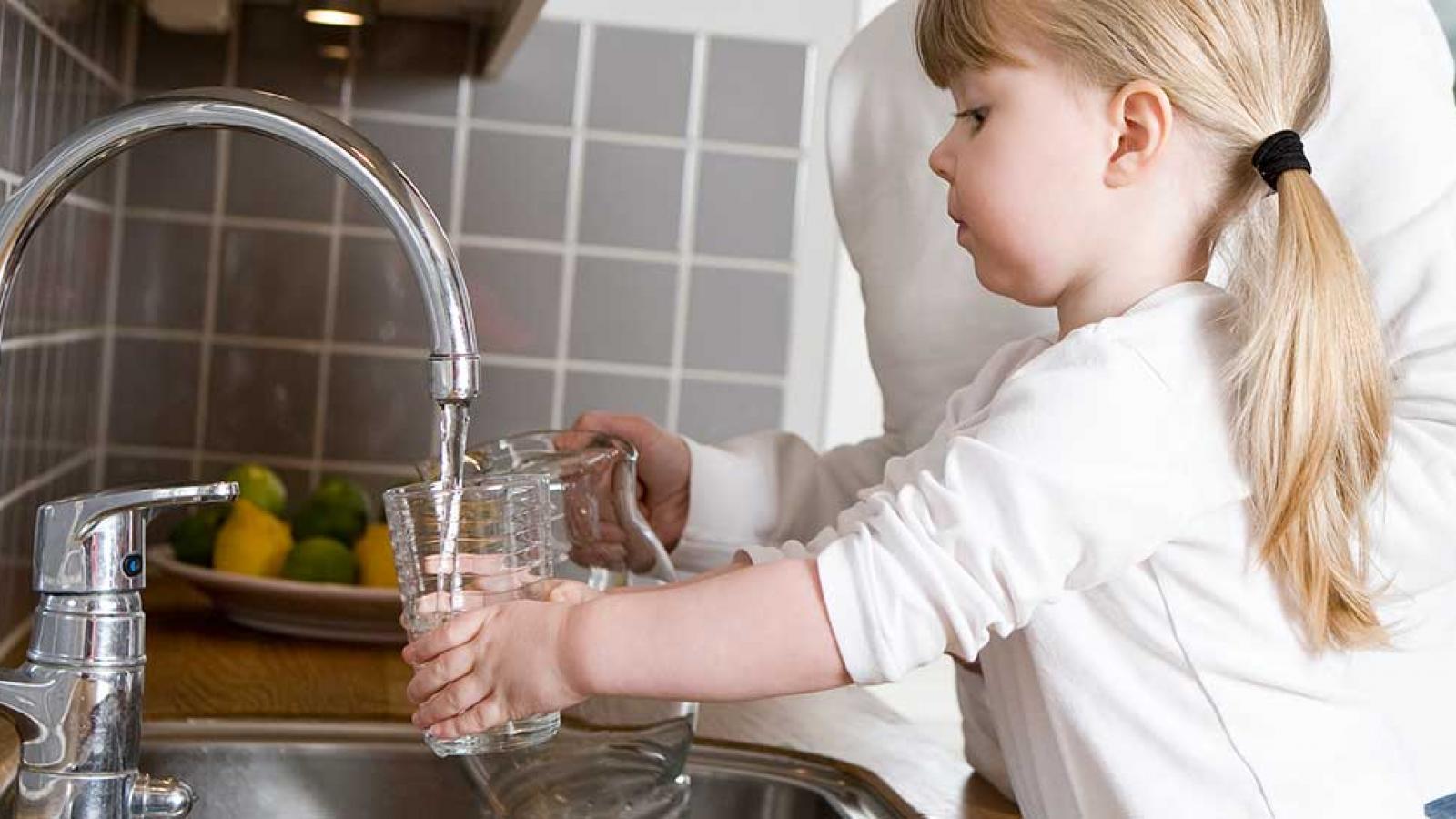LEAP Testing Service at Guthrie offers water testing to residential homeowners and commercial entities.
Homeowners
Homeowners using cisterns, wells and springs for water should get their water tested regularly to be sure it’s safe to drink; click here for water tests and packages available. Many pollutants to drinking water have no obvious symptoms and about 50 percent of private water systems fail at least one drinking water standard.
The only way to be certain water is safe to drink is to have it tested periodically.
Your water should be tested at least annually for
- Total coliform bacteria: Total coliform is the most commonly used indicator of bacterial contamination. Testing for coliform bacteria can be a reasonable indication of whether other pathogenic bacteria are present.
- E. coli bacteria: E. coli is a type of coliform bacteria found only in human or animal wastes. A positive E. coli result indicates that human or animal waste is entering the water supply.
- Nitrates: Nitrate contamination sources include fertilizers, septic systems, manure and leaking sewer lines. Drinking large amount of water containing nitrates can make people sick.
- pH: pH may affect how your water tastes and if it is too high or too low, it may cause damage to your plumbing and heating systems.
- Total dissolved solids (TDS): Elevated levels of dissolved minerals, salts and metals may result in corrosion of fixtures, and bitter or salty taste.
Testing should be considered if there is
- a change in the appearance or taste of your water
- a problem, like flooding
- damage to the well
- a malfunction with the septic system or maintenance is done
- a family or guests with recurrent gastrointestinal illnesses
Why Test Private Wells
Unlike public water systems, which are regulated by the U.S. Environmental Protection Agency (EPA), private water supplies are the responsibility of the homeowner and should be tested periodically to be certain they are safe for drinking.
Ground water is not 100 percent pure water. Because it collects in the tiny pore spaces within sediments and in the fractures within bedrock, ground water always contains some dissolved minerals. And, because there is some life form occupying virtually every geological niche, there are many naturally occurring microorganisms in ground water.
Local land use can also affect wells, cisterns and springs. Run off from a broken or recently maintained septic system can cause contamination. Industry use, such as mining, gas drilling, and farming, near a homeowner’s property can affect drinking water as well.
Having a baseline data for the quality of the water in a well may be necessary if a homeowner ever needs to prove in court that nearby land use has damaged the quality of the water.
How to Interpret Results
Tools for interpreting results can be found on the Water Test Results page.
Reference:


